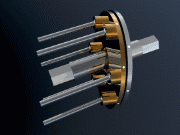Re: What ever happened to the Dyna Cam engine?
Ever tought it this way...put it into a P-51D and the mileage will be even better...
Originally posted by Leo
View Post
Ever tought it this way...put it into a P-51D and the mileage will be even better...












 )
)
Comment